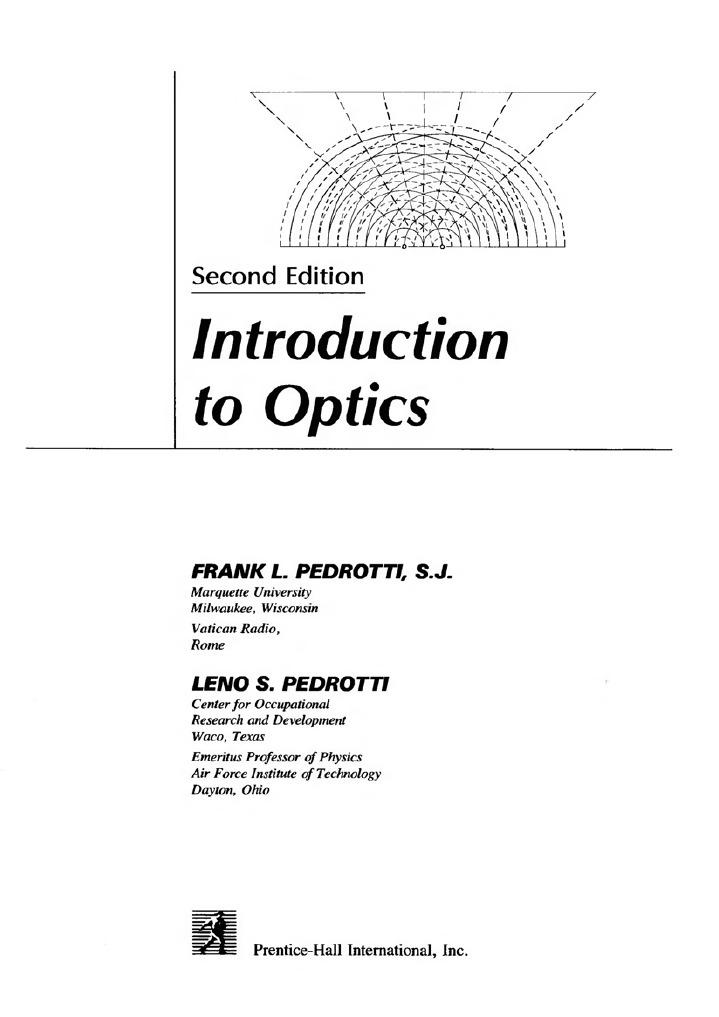What if you could peer beyond the veil of mere visibility? What is it that transforms a mundane ray of light into a catalyst for understanding the universe? This question taps into the profound and multifarious domain of optics—the study of light and its interactions with various materials. This expansive field traverses the abstract realms of theoretical physics to practical applications, ultimately transforming not only our comprehension of the universe but also our daily lives. This article delves deeply into the essence of optics, illuminating its essential concepts, historical evolution, and diverse applications.
At its core, optics is fundamentally concerned with the behavior of light, a complex electromagnetic radiation phenomenon that is omnipresent and yet enigmatic. Traditionally, optics can be divided into two major branches: geometrical optics and physical optics. Each category approaches light’s quirks and nuances through distinct lenses—literally and figuratively. In geometrical optics, light is regarded as rays that travel in straight lines. This framework simplifies the analysis of light interactions with reflective and refractive surfaces. Conversely, physical optics treats light as a wave, emphasizing its wave-like properties, such as interference and diffraction. This duel perspective allows for a more holistic exploration of light phenomena.
As we walk through the corridors of history, the study of optics is as old as civilization itself. Ancient scholars, from the Greeks to the Alchemists of the Islamic Golden Age, laid the foundational stones of this discipline. Pioneering figures such as Euclid and Ptolemy explored light’s geometric properties, giving rise to the early principles of reflection and refraction. Their contemplations were further advanced by the likes of Ibn al-Haytham, often heralded as the father of optics. His meticulous studies on vision and light refraction culminated in the seminal “Book of Optics,” which illustrated how light travels in straight lines and how we perceive objects. This historical context enriches our understanding of how optics has evolved from mere conjecture to an intricate scientific field.
Moving beyond historical narratives, optics also presents an intriguing interplay with modern technology. The fusion of theory and practice generates a plethora of applications that are essential in diverse fields. For instance, optical engineering encompasses the design and development of instruments such as microscopes, telescopes, and laser systems, serving as crucial tools in scientific research and medical diagnostics. An intriguing challenge arises when considering how these devices have augmented human capability—transforming the invisible into visible reality. How has optics melded with engineering to create technologies that push the boundaries of human perception?
Imagine the world of telecommunications, where fiber optics revolutionizes the way information flows. By transmitting light through flexible glass fibers, fiber optic technology enables rapid data transfer over vast distances. This technological marvel exemplifies how optics underpins modern communication networks, effectively altering social dynamics. Yet, the question lingers: in the quest for efficiency, what compromises might we encounter in terms of human interaction and connection?
Moreover, the realm of optics intersects dynamically with diverse scientific disciplines. Consider the implications within the field of astronomy, where telescopes expand our gaze into the distant cosmos. The Hubble Space Telescope, with its intricate optical systems, allows astronomers to observe celestial bodies billions of light-years away. As we marvel at the beauty of the cosmos, we also confront the philosophical implications of our place within it. The quest to understand light and, by extension, the universe offers a profound narrative that invites reflection—who are we to attempt to fathom the mysteries of the cosmos?
In addition to tackling grand questions of existence, optics also plays a vital role in medical disciplines. Techniques such as endoscopy employ advanced optical systems to explore the human body non-invasively. These optical devices not only facilitate diagnosis but also imbue patients with a sense of reassurance through their minimally invasive nature. However, ethical considerations about consent and privacy surface in this dialogue. As optical technologies advance, what ethical frameworks must we adopt to govern their application?
Furthermore, the burgeoning field of quantum optics presents a tantalizing frontier that bridges both theoretical and experimental realms. This sub-discipline examines the interface between quantum mechanics and light, propelling us into the enigmatic world of photons that behave as both particles and waves. Quantum entanglement, a hallmark of this field, challenges our classical interpretations and heralds the potential for revolutionary developments in computing and telecommunications. Yet, as we delve into this quantum quagmire, we must grapple with the philosophical implications of a reality that defies intuition.
While the study of optics may commence with the simple inquiry of how light interacts with objects, it unfolds into a labyrinthine tapestry woven with historical significance, practical applications, ethical considerations, and philosophical inquiries. This interplay of diverse dimensions emphasizes the richness and complexity of optics, which continually invites inquiry and exploration. As optics illuminates our understanding, it simultaneously challenges us to consider the implications that accompany the profound power of light. Are we prepared to embrace the responsibility that comes with knowledge, and are we ready to confront the depth of the questions that arise from our pursuit of understanding?
In conclusion, the study of optics is not merely an academic exercise; it is an intricate voyage into the essence of reality itself. It evokes challenges, stirs curiosity, and opens avenues for profound reflection. As we stand at the intersection of theory and application, we invite exploration of these questions, pressing the boundaries of our understanding as we navigate the fascinating world of light.










